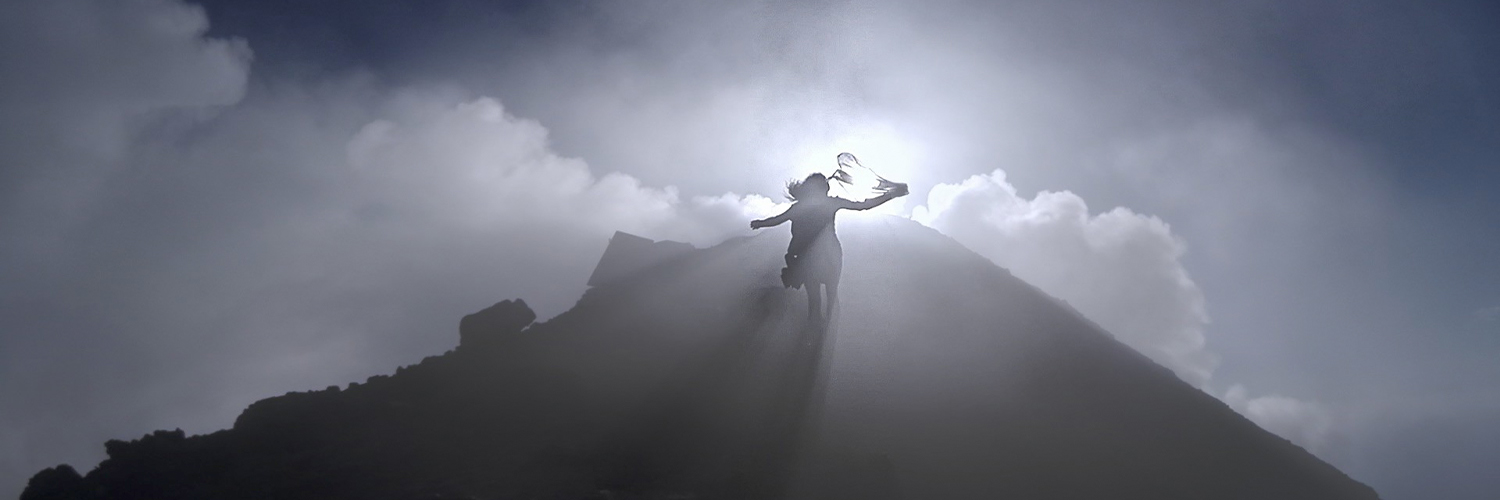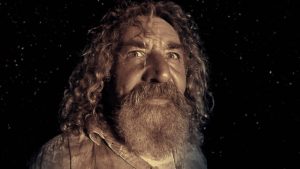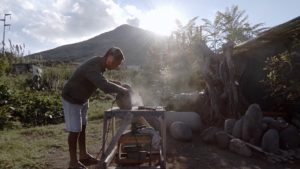Stromboli – As Long as the Heart Beats


Stromboli – As Long as the Heart Beats gives shape and voice to the eponymous volcano island off the coast of Italy. Directed by Hanspeter Aliesch, this documentary comes to life through the many testimonies of those native to the islands surrounding Stromboli as well as visitors who have been moved by its silent power. The film is at its strongest when the individual patrons of the island are allowed to share their insights unencumbered by cloying excessive cinematic cheats.
We are introduced to Stromboli through the eyes of Maria, an old woman who as a child lost her grandfather to one of the volcano’s rampages. The film chooses to make Maria’s story the through-line for the film. Unlike the other histories and reflections depicted, Maria’s account is brought to life with reenactments showing her life as a young girl and a young woman as she negotiates her feelings of resentment toward the volcano, ultimately making peace with it. Generally, the film can pass as a compelling document of the natural monument, but with the flashbacks it more resembles a movie playing in a museum that you might stop to watch for a moment before moving on to more interesting exhibits.
The harsh color keying of these reenactments makes them too visually discordant with the main narrative which defaults to a more natural view, and the excessive narration leaves the viewer trying to hold on to much too much information that would have been better communicated visually. This is especially distracting within the flashback depicting Maria’s grandfather being presumably lost to the volcano. Claustrophobic close-ups, amateur visual effects, and other parlor tricks try to cover the corners cut in depicting a scene that would have been far more emotionally potent depicted through perhaps animation or, even better, left entirely to the viewer’s imagination. Rather than letting Maria just be part of the ensemble, the film overexerts itself trying to make her the center of attention.
Admittedly, one of the most interesting facets of the film is the dialogue between Maria’s disdainful view toward the volcano and the adoration and awe that nearly every other individual feels for the mountain. Lovers, artists, and emigrants come to the island and make their home in the volcano’s firm embrace. Salvatore crafts statues from rocks under the watchful eye of the volcano that inspires him, a process that helped heal him of his chronic depression. Antonietta came to the island to help her sick father, but she stayed to pursue a passion for painting ignited by the volcano and her (Antonietta is certain the volcano is a woman) liveliness. Stories such as these instill in the audience reverence for, even ownership of, the mountain. Yet though Maria’s given the island ninety-five years of her life, Maria sees the mountain only for its destructive power. Maybe she’s poisoned with bitterness, or maybe she’s the only one who sees Stromboli as it truly is. Discerning between the two conflicting perspectives of the volcano is great in concept. Perhaps the problem isn’t so much in anchoring the experience in Maria’s account, but in its demanding that we feel for her: No need to beg, a simple “please” would suffice.
The individual perspectives of each of our storytellers come alive so vividly on their own that one has to wonder why the film doesn’t show more confidence in itself by letting these stories speak for themselves.



Review written by Zachary Miller
© 2020 Utah Film Festival




